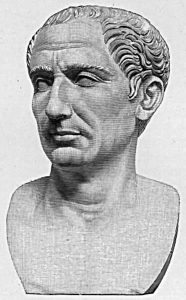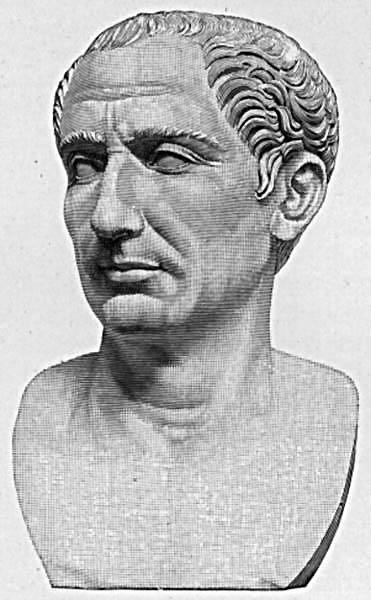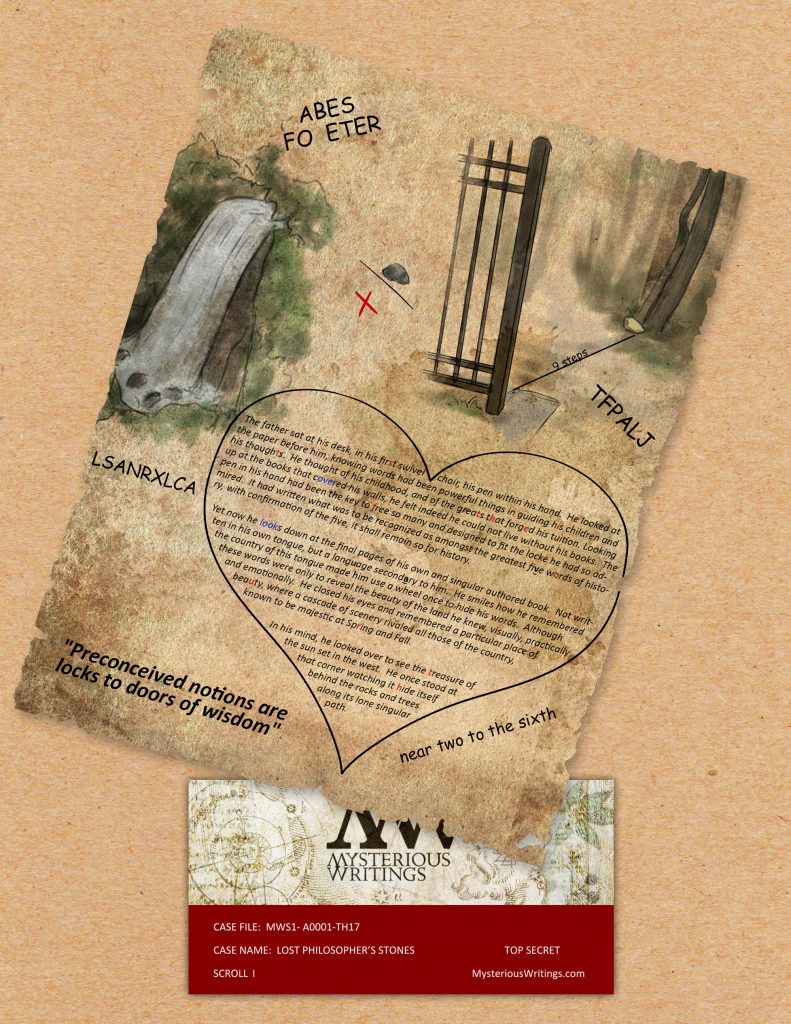
As this site is a leading source for Armchair Treasure Hunts and other treasures, mysteries, and adventures, we wanted to create an informative series on Codes, Ciphers, and Puzzles. This MW Series is not only to help those being introduced to these types of hunts for the first time, but to also offer some quick fun puzzles and interesting articles to others.
Those who are new to ‘armchair treasure hunting’ may pick up a book like The Beacon Star, MW Treasure Hunt, or many of the other Treasure Hunts, and wonder ‘where the heck do I begin?’ It all looks so confusing!
I must say, it is like that for anyone, old or new, who picks up a new treasure hunt book! It’s just those who have done it before, know to expect this, and might know a little of what to try first. Many times it is trial and error.
All treasure hunts are different. They must be, or the solving of one would lead to the solving of them all. Nonetheless, hunts should follow some sort of pattern or offer some kind of starting point for searchers to begin. Often there are anomalies, strange wordings or images, or obvious ‘puzzles or riddles’ that lead searchers on a path to the discovery of the treasure.
Each segment of the MW Codes, Ciphers, and Puzzle Series will offer a look at a different type of ‘puzzle or coding method’ which might be found in a treasure hunt. They will at least open up minds to the numerous options available to code-setters and code-breakers.
Segment 1 begins with the Caesar Shift.
The Caesar Shift is a simple form of Substitution Cipher. Substitution Ciphers replace letters (or other characters) with other letters. The Caesar Shift does this by a fixed number or shift in position of the alphabet. It’s named after Julius Caesar (100BC-44BC) who was known to frequently use the cipher when communicating with others.
In its most basic and simple form, the Caesar Shift works as follows.
To Encode: The Plain Text is shifted by a fixed amount
To Decode: The Cipher Text is shifted in reverse by the same fixed amount
This process is demonstrated in graph form below:
Alphabet Shift of 3: (The row below is shifted by 3- A to D (B,C,D) and used to encrypt plain-text)
| A | B | C | D | E | F | G | H | I | J | K | L | M | N | O | P | Q | R | S | T | U | V | W | X | Y | Z |
| D | E | F | G | H | I | J | K | L | M | N | O | P | Q | R | S | T | U | V | W | X | Y | Z | A | B | C |
The word- Mysterious Writings would be encrypted as PBVWHULRXV ZULWLQJV using a Caesar Shift of 3 coding method. Row 1 is encrypted into Row 2. M to P, Y to B, etc. To decode PBVWHULRXV ZULWLQJV one would do the reverse.
MW used the Caesar Shift in the first MW hunt of The Lost Philosopher’s Stone.
On the Scroll below, the letters TFPALJ in the upper right corner was encrypted by using a Caesar Shift of 23 (3 reverse)
Can you solve it?
At first, yes, ‘TFPALJ’ looks like gibberish and doesn’t make any sense. However, if one is familiar with the Caesar Shift, one can input ‘TFPALJ’ into a Caesar Shift decoder (found on the internet or pencil/paper method using shifted graphs) and solve for a word. (the graph above can be used- bottom to top to give WISDOM).
In this particular hunt, the Shifted Position itself was an additional clue for the Scroll. The text referred to Thomas Jefferson, and he was the 3rd President of the United States. The shift of 3/reverse offered a hint to that, but it wasn’t needed. It was just there.
Now- not always are Letters of nonsense deciphered by applying a Caesar Shift to them. As can be noticed, a shift of letters (1-26) applied on the letters LSANRXLCA will not reveal anything meaningful. So these can be assumed to be encrypted by using another method.
And this will be covered in an additional segment of MW Codes, Ciphers, and Puzzle Series!
A few Caesar Shift Puzzles (of different shift amounts):
*Znk igbk eua lkgx zu ktzkx nurjy znk zxkgyaxk eua ykkq
*Ocz bmzvozno omzvnpmzn vmz ocjnz ijo qdndwgz wt ocz ztz wpo ajpiy wt ocz czvmo
*Hvsfs wg o vwrrsb hfsogifs wb sjsfm dfcpzsa. Wh wg mcif xcp hc twbr wh.
Best of luck with all that you seek! Treasure the Adventure!



This is interesting. I’ll have to see if I can figure these out when I have more time. I use to do the decipher code puzzles in the newspaper and had a good time doing them. They would give you a letter which resented another and the readers took it from there. The two or three-letter words were what I tried to figure out first. Usually, the two letter were words like, “it, is, an, by, as, etc.”. The single letters were obvious. I don’t know if these puzzles followed any of the other coded ones. My family thought I was crazy when they saw me working on them and how I could solve the quote(s). Good exercise for the brain.
Fun stuff, Jenny.
I was just trying to think of an easy way to work it out if you don’t have a computer handy.
If you take 2 pieces of paper and write out the alphabet on each, doing it twice on one of them, you can slide the one with two sets of the alphabet back and forth under the other one. Spacing needs to be right for all the letters.
Starting with the short words, it should be pretty quick to get your shift, and then decipher the whole thing.
Hi pdenver– fun times…. our local newspaper had/have those in too– and I loved doing them, as well as Sudoku now. I think they are referred to as Cryptgrams, if I’m thinking of the same items.
@BuckeyeBob– excellent idea… I was writing up a post for some time later on Treasure Hunt Ideas for kids, and might suggest this… Would you mind?
I’d like that very much, Jenny.
And no credit needed. I have a feeling it’s not a new idea anyways.
Thanks Buckeye Bob…